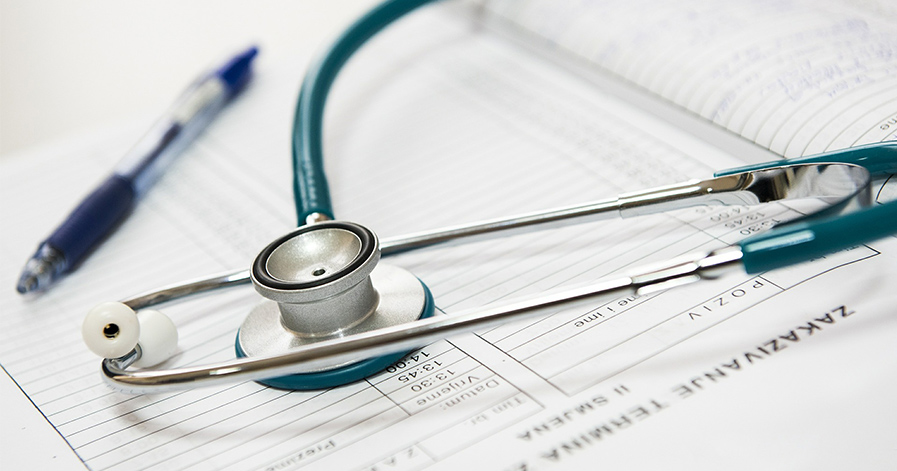Med School Requirements and Admission Process Expectations
A medical degree is one of the most difficult degrees to obtain. Applicants must have an excellent grade point average and done exceptionally well in their undergraduate coursework in order to apply to medical school.
Students who strive to become physicians must be the best at what they do. Medicine requires a full commitment and the desire, above all, to help people get and stay well. Society depends on physicians to keep everyone healthy. That is why only the best candidates are accepted to medical school.
Let’s take a look at med school requirements, and what to expect along the way.
Undergraduate Requirements for Medical School
According to John Hopkins School of Medicine, anyone electing to go pre-med during their undergraduate studies must complete the following:
Hard Sciences
- College biology with laboratory, one year (8 semester hours).
- General college chemistry with laboratory, one year (8 semester hours).
- Organic chemistry with laboratory, one semester (4 semester hours).
- Biochemistry (3 or 4 semester hours are required, but a lab is not required).
Humanities, Social, and Behavioral Sciences
- English
- History
- Classics
- Foreign Language
- Philosophy
- Sociology
- Economics
- Political Science
- Anthropology
- Psychology
Mathematics and Physics
- Calculus and/or statistics, one year (6-8 semester hours).
- General college physics with laboratory, one year (8 semester hours).
General Skills
- Computer literacy
- Communication skills
- Teamwork skills
Applying to Medical School
Applicants for medical school have several steps to get through. They must hold a Bachelor of Science or a Bachelor of Arts degree from an accredited institution. Applicants also need to have multiple letters of recommendations from former professors in the sciences, or others who can speak to the student’s skills and ethics. MCAT scores are also necessary, and they must complete the requisite application form as well.
You may be wondering, what is the MCAT? MCAT stands for Medical College Admissions Test.
According to the Princeton Review, the test is “computer-based and tests physical and biological sciences, verbal reasoning, and writing skills. In 2015, the AAMC added a new section called Psychological, Social and Biological Foundations of Behavior. This section tests a student’s ability to understand sociocultural, biological and psychological influences on behavior and social interactions as well as how people process emotion and stress.”
Much like the SAT is meant to predict a student’s success in college, the MCAT is used as a predictor of success in med school. A perfect score on the MCAT is 528; the average score is 500. To be considered for any medical school, students should strive for a score of 510–518.
The test takes 7.5 hours and requires weeks of study and preparation. It is also something you don’t want to have to take more than once as each try costs more than $300.
Courses Required in Medical Schools
According to the website for Harvard Medical School, there are two directions for medical school: Pathways, and Health Sciences and Technology (HST). The majority of students take the Pathway route (80 percent) and the remaining students opt for HST.
In the first year, Pathways students take a number of courses:
- Practice of Medicine (longitudinal September-July)
- Foundations of Medicine
- Immunity in Defense and Disease
- Professional Development Week 1
- Essentials of the Profession: Evidence, Ethics, Policy and Social Medicine
- Homeostasis I
- Professional Development Week 2
- Homeostasis II
- Mind, Brain and Behavior
- Professional Development Week 3
- Transition to the Principal Clinical Experience (PCE)
The HST students also have their own courses to take in the first year:
- MATLAB for Medicine
- Biochemistry and Metabolism
- Introduction to Biostatistics
- Human Anatomy
- Pathology
- Genetics in Modern Medicine
- Molecular Diagnostics and Bioinformatics
- Immunology
- Musculoskeletal Pathophysiology
- Principles of Biomedical Imaging
- Essentials of the Profession: Evidence, Ethics, Policy and Social Medicine
- Endocrinology
- Hematology
- Cardiovascular Pathophysiology
- Respiratory Pathophysiology
- Renal Pathophysiology
- Research
- Introduction to the Care of Patients
HST students are also required to take classroom courses during year two:
- Mechanisms of Microbial Pathogenesis
- Human Reproductive Biology
- Gastroenterology
- Neuroscience
- Research
- Epidemiology
- Principles of Pharmacology
- Introduction to Clinical Medicine (ICM)
- Psychopathology & Introduction to Clinical Psychiatry
- HST students must also complete a Thesis by February of year 4.
Once classroom coursework is completed, Pathways and HST students start their Principle Clinical Experience, also known as rotations. Each student must complete the following rotations:
- Medicine I (12 weeks)
- Surgery (12 weeks)
- Obstetrics and Gynecology (6 weeks)
- Pediatrics (6 weeks)
- Neurology (4 weeks)
- Psychiatry (4 weeks)
- Radiology (4 weeks; longitudinal at BIDMC)
- Primary Care Clerkship (longitudinal; varies by site)
- Principal Clinical Experience (PCE) course (longitudinal) (including The Developing Physician II -tDP; longitudinal)
After rotations are completed, both Pathways and HST students are required to complete additional work:
- Medicine II or Advanced Pediatrics - (sub-internship, 4 weeks)
- Clinical Electives - (12 weeks)
- Scholarly Project - Pathways - (Minimum of 2 months)
- Advanced Integrated Science Courses (AISCs) – Pathways - 2 months (at least 1 must be taken in Year III)
- Essentials of the Profession II – Pathways - 1 month
- Clinical Capstone - 1 month in January, February, March or April of Year IV
Following the completion of all medical school requirements, students will take the requisite exams to obtain a license to practice medicine. These include the university’s comprehensive examination, and the United States Medical Licensing Examination.
Conclusion
Students interested in becoming a practicing physician have a long road ahead of them. The path to becoming a doctor requires commitment, perseverance, and determination.
Those who thrive in their undergraduate programs have the best chance of being admitted to medical school. Once there, students must dig deep and give everything they’ve got to become a doctor.

